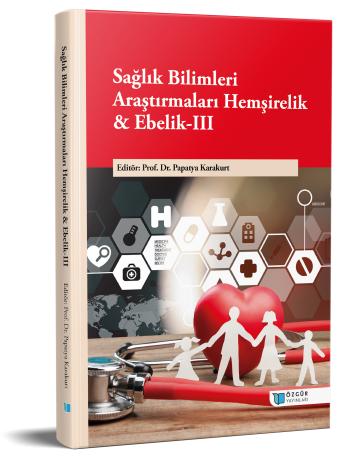
Delirium State and Nursing Care In Intensive Care Units
Chapter from the book:
Karakurt,
P.
(ed.)
2023.
Health Sciences Research: Nursing & Midwifery-III.
Synopsis
Intensive care ünits are places where life-threatening components are treated, and these components often have complex health problems. In this study, information was given about delirium, which is an ongoing condition in ICUs, and how health professionals and nurses can effectively manage this condition was discussed. Delirium; it is a therapeutic disruption that occurs with a rapid change in the level of consciousness, of which there are three main types. Symptoms of delirium include sudden changes in medical condition. These may include loss of consciousness, confusion, hallucinations, agitation, restlessness, and lack of attention. The clinical course may vary depending on persistent conditions, aging and health status. While old age, intensive surgical procedures, chronic treatment, drug use, dehydration and metabolic imbalances can be counted among the many factors that increase the risk of delirium; cognitive testing, physical examination, and laboratory tests can assist in diagnosis. Treatment of delirium involves identifying the causes and their components in the area. One of the most important issues to consider in treatment is patient safety, and this is possible by keeping patients under constant observation. The most important health professionals who can constantly monitor the patient are nurses. It will be beneficial for nurses to evaluate the risk of delirium and monitor patients' treatments in many ways. They must also provide support and education by communicating with the patient and family members. As a result, delirium in intensive care units can be a serious problem for patients and must be managed effectively. Nurses are healthcare professionals who play an important role in diagnosis, treatment and care components. For this reason, nurses have a great role in ensuring care comfort by reducing patient care costs. Reporting delirium and maintaining accurate patient monitoring is a vital step in improving wellness.

